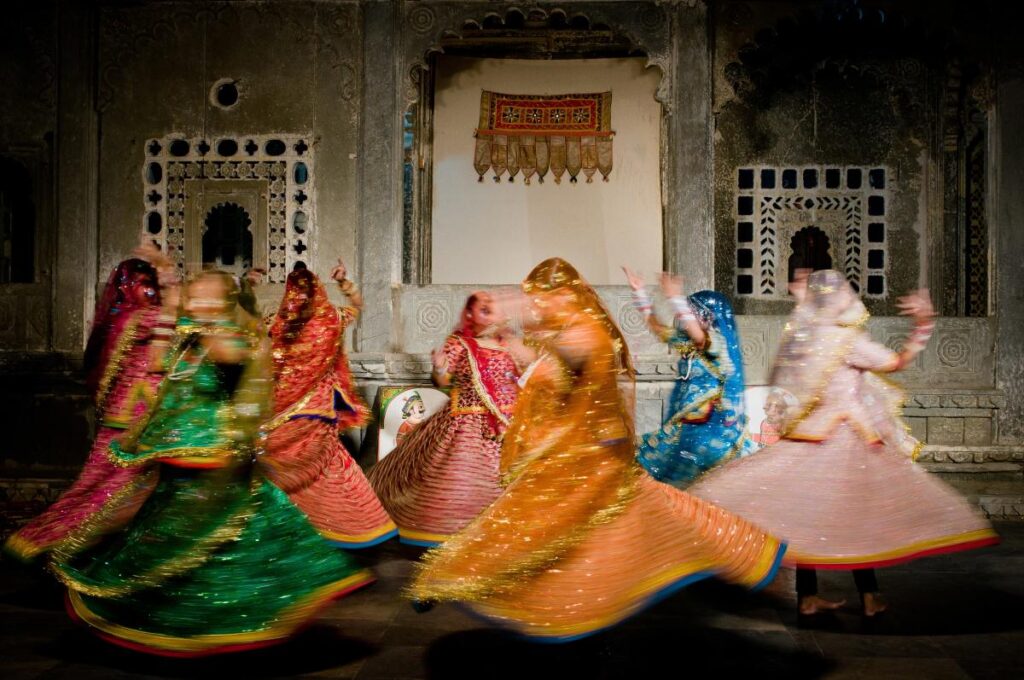When considering the best time to visit India, it’s essential to note that there is no singular answer. India’s vastness and diversity mean there is something to experience throughout the year, from vibrant festivals and rich culinary experiences to ancient traditions juxtaposed with modern advancements. With its extensive array of natural habitats, wildlife, exquisite accommodations, and burgeoning fashion scenes, travelers can find unique experiences year-round. However, choosing the right time largely depends on personal preferences—whether one wishes to partake in local festivals, explore natural landscapes, or visit historical sites. Consulting travel experts like James Jayasundera of Ampersand Travel and Sanjay Saxena of Nomadic Expeditions can be a valuable step in pinpointing the most suited times and places for an Indian adventure.
Travel specialists such as Saxena emphasize that determining the best time hinges on what travelers seek from their experience. November to February is often recommended as the ideal window for visiting, as much of India enjoys pleasant weather following the monsoon season. While March to June tends to be hotter, it offers fantastic opportunities for wildlife enthusiasts to explore national parks and reserves. Conversely, those contemplating a visit during the monsoon season should not be dissuaded, as this time can be both affordable and visually stunning, with lush landscapes and fewer crowds enriching the experience in certain regions, such as Rajasthan.
When evaluating affordable travel periods, potential visitors can benefit from considering the monsoon season, spanning June through August. Though it involves rainfall, the countryside transforms into a verdant paradise that can be visually striking. Travellers particularly interested in wellness and Ayurveda are encouraged to visit during this period, as its therapeutic benefits are well recognized. Saxena points out that regions like Rajasthan often avoid severe rain, thus maintaining their charm during this low-demand travel phase. The confluence of reduced prices and fewer tourists makes the monsoon season attractive for those keen on experiencing India without the usual hustle and bustle.
Peak season typically occurs between November and February, coinciding with cooler weather and significant cultural events, including weddings and Diwali—a major festival marked by lights and celebrations. The influx of Indian diaspora returning home, alongside global tourist interest during holidays, leads to heightened demand and costs during this period. Travelers should also note that air quality can be compromised in major cities during these months due to pollution, particularly in Delhi, Agra, and Jaipur, which are susceptible to visibility issues due to agricultural practices. Therefore, would-be travelers sensitive to air quality may want to plan their visits or prepare appropriately for these conditions.
For a first-time visitor, a travel duration of two weeks is recommended, allowing ample time to explore key destinations without overwhelming travelers. Saxena suggests an itinerary that takes in Delhi, Jaipur, and Agra, all relatively close to one another. This approach provides an immersive experience through varied landscapes, cultural experiences, and iconic landmarks like the Taj Mahal. Jayasundera, however, advises reserving the Taj Mahal for a subsequent visit, recommending instead that first-timers experience more tranquil locations like Udaipur and the backwaters of Kerala. The notion here is that starting in serene spots helps to mitigate travel fatigue, enabling visitors to absorb the tranquil beauty and rich culture before venturing into busier urban environments.
Ultimately, the key takeaway for anyone planning a trip to India is to embrace the country’s immense diversity while avoiding the pitfall of attempting to see everything in one go. Given India’s rich tapestry of experiences, prioritizing specific interests and regions can afford a more rewarding adventure. While travel experts can provide invaluable advice and itineraries, each visitor should tailor their journey to their personal preferences, ensuring a balance of must-see sights and leisurely exploration. Whether your visit coincides with the culturally rich peak season or the serene beauty of the monsoon, India’s vast landscape has something to enchant everyone, making any time an opportune moment for a visit.

